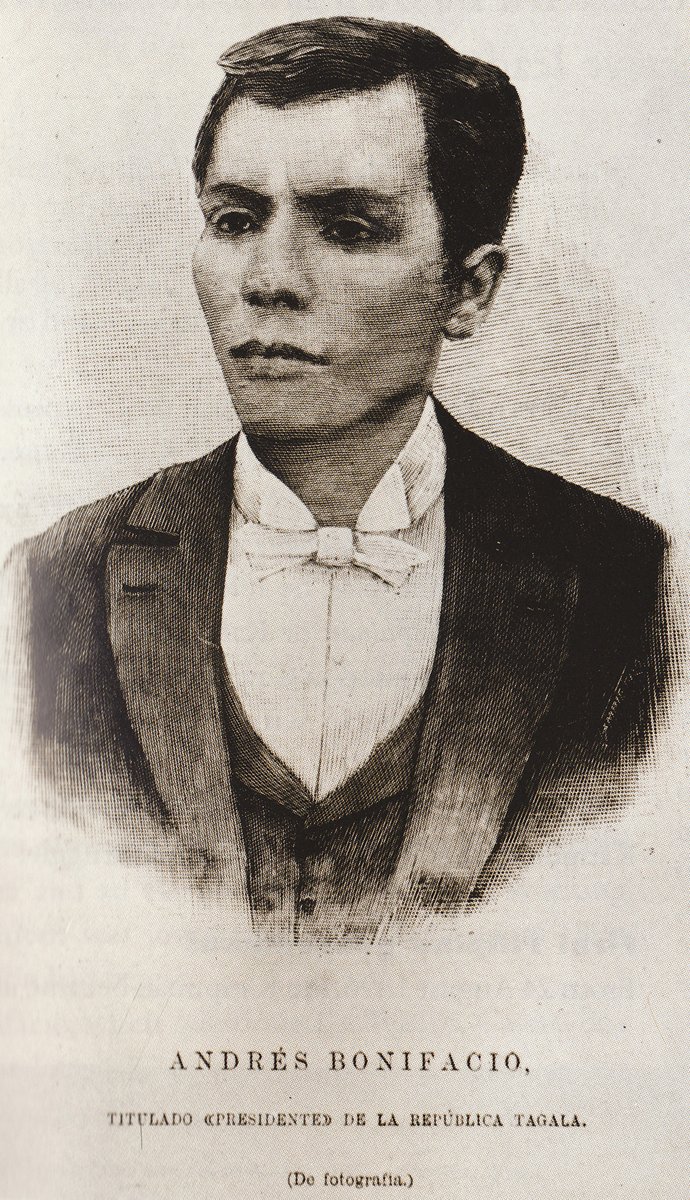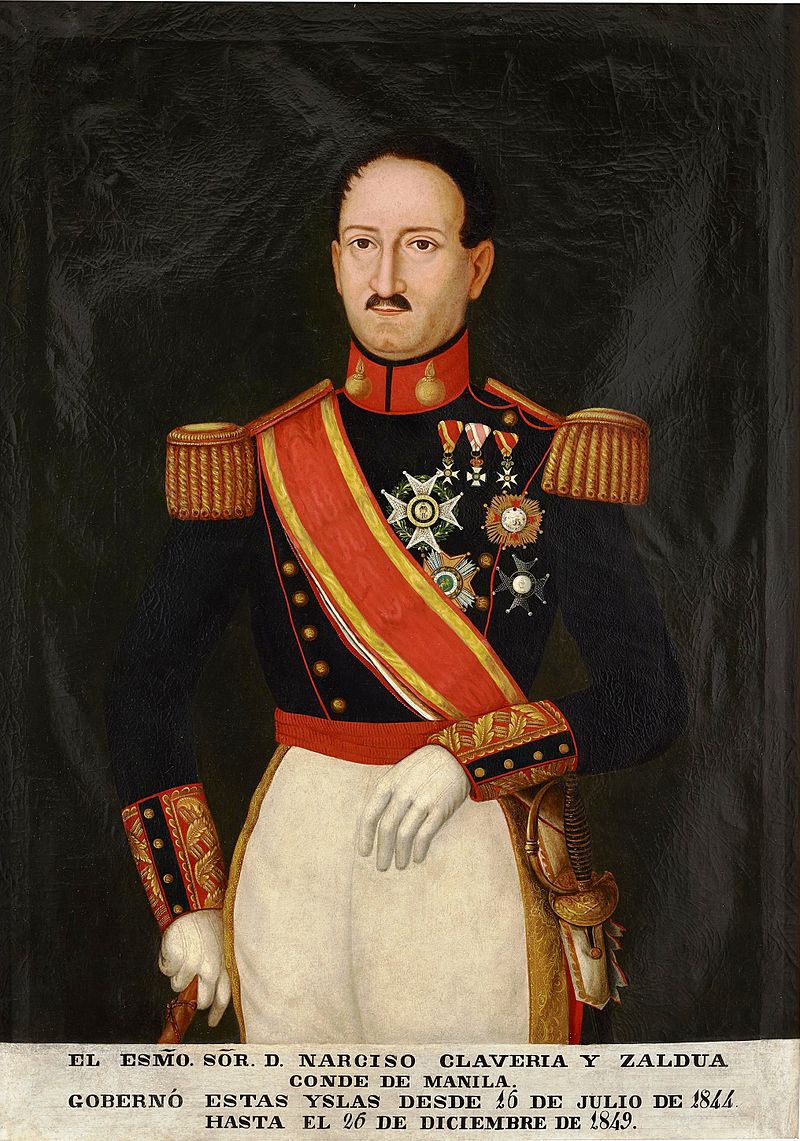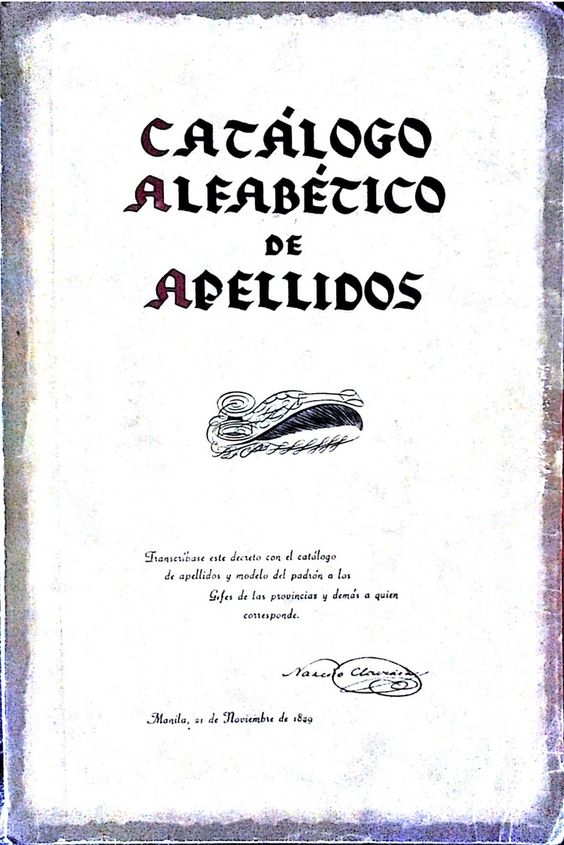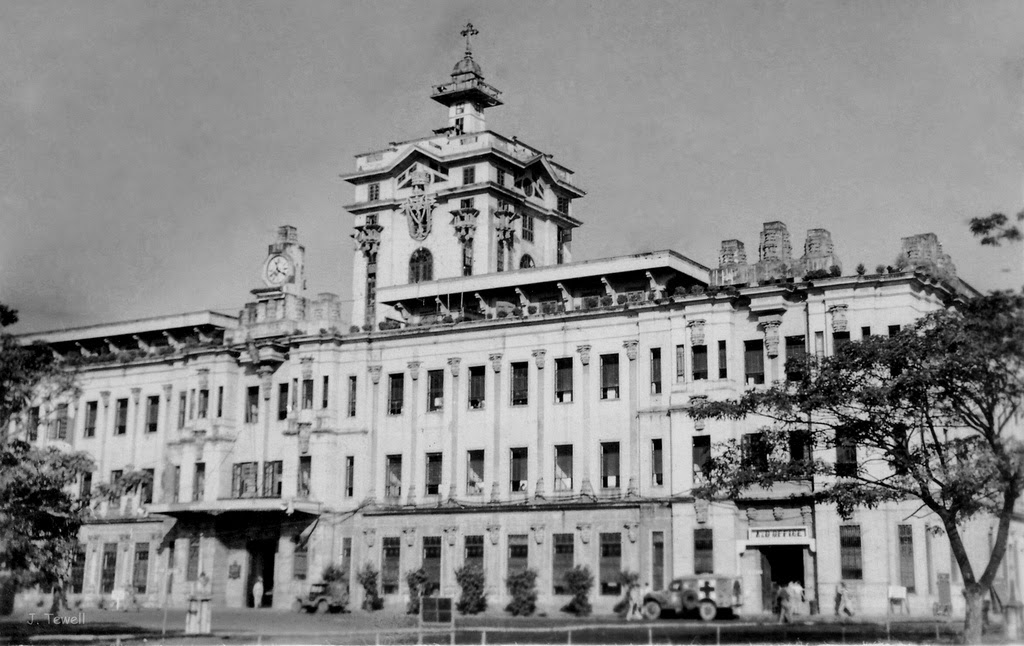
#TodayinHistory in 1520, 500 years ago, in a quest to look for an alternative route to the Spice Islands, Ferdinand Magellan's (& Elcano's) expedition, via the Strait of Magellan, reached a vast calm ocean. #Magellan named it "Mar Pacifico" (Peaceful Sea) or Pacific Ocean. THREAD 
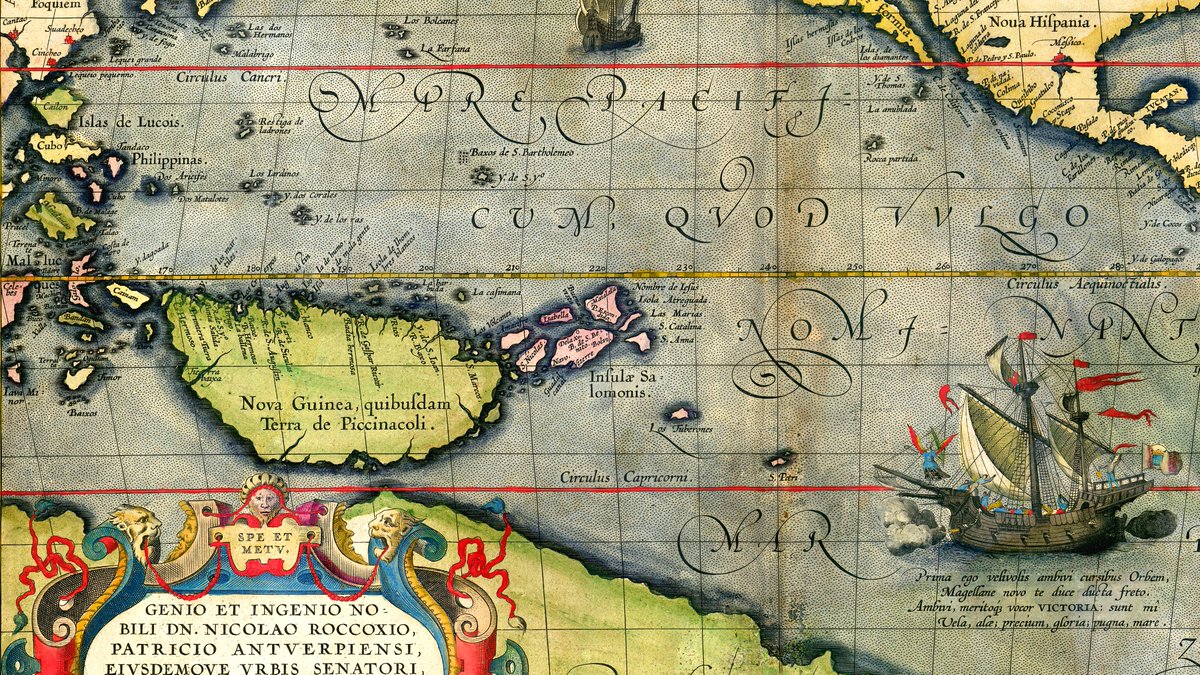
Thousands of years prior, Austronesians, upon whom many of the peoples on the islands & archipelagos in the Pacific were descended, have crossed the Pacific Ocean, Earth's largest, by means of advanced knowledge in astronomy, navigation, & shipbuilding. tmblr.co/ZtGCUx2H0a06Y 

This explains the flourishing of chiefdoms & sultanates in precolonial #PH, w/c have established trade relations w/ other polities & kingdoms. Tributary missions to China via the Sulu Sultanate, as 1 among many examples, prove that seas were highways for precolonial Filipinos.
In 1519, explorer Ferdinand Magellan & his expedition of 5 ships w/ a crew of approx. 270 men, set sail from Spain to look for an alternative route to the Moluccas & circumvent the expansionist limit Spain had w/ Portugal via the Treaty of Tordesillas imposed by Rome. 

Before reaching the strait leading to the Pacific Ocean, Magellan had to deal w/ 2 mutinies. Spanish crew resented that they were being led by a Portuguese commander. On the 2nd mutiny attempt in April 1520, 3 of the 5 ships turned against Magellan, but were eventually quelled.
After encountering powerful storms in the Atlantic, upon the expedition's passage to a narrow strait in the tip of South America (to be named after Magellan), the expedition reached the Pacific Ocean, w/c then were perceived to be calm.
After having to deal w/ scurvy, food rations, & having landed in Guam upon w/c they pillaged the indigenous settlements, they finally reached #PH in March 1521. Magellan miscalculated the inter-island politics of Sugbu-Mactan, leading to his demise.
https://twitter.com/indiohistorian/status/1254745345256353798?s=20
Photos:
- A map of the Pacific Ocean, by Abraham Ortelius, (1589) feat. Magellan's ship, Victoria
- “Mainland Origin of Austronesians”, a theory by Peter Bellwood showing Taiwan & PH as jumping point for migration
- Magellan's portrait (c. 1550-1625), from @MarinersMuseum
- A map of the Pacific Ocean, by Abraham Ortelius, (1589) feat. Magellan's ship, Victoria
- “Mainland Origin of Austronesians”, a theory by Peter Bellwood showing Taiwan & PH as jumping point for migration
- Magellan's portrait (c. 1550-1625), from @MarinersMuseum
• • •
Missing some Tweet in this thread? You can try to
force a refresh


